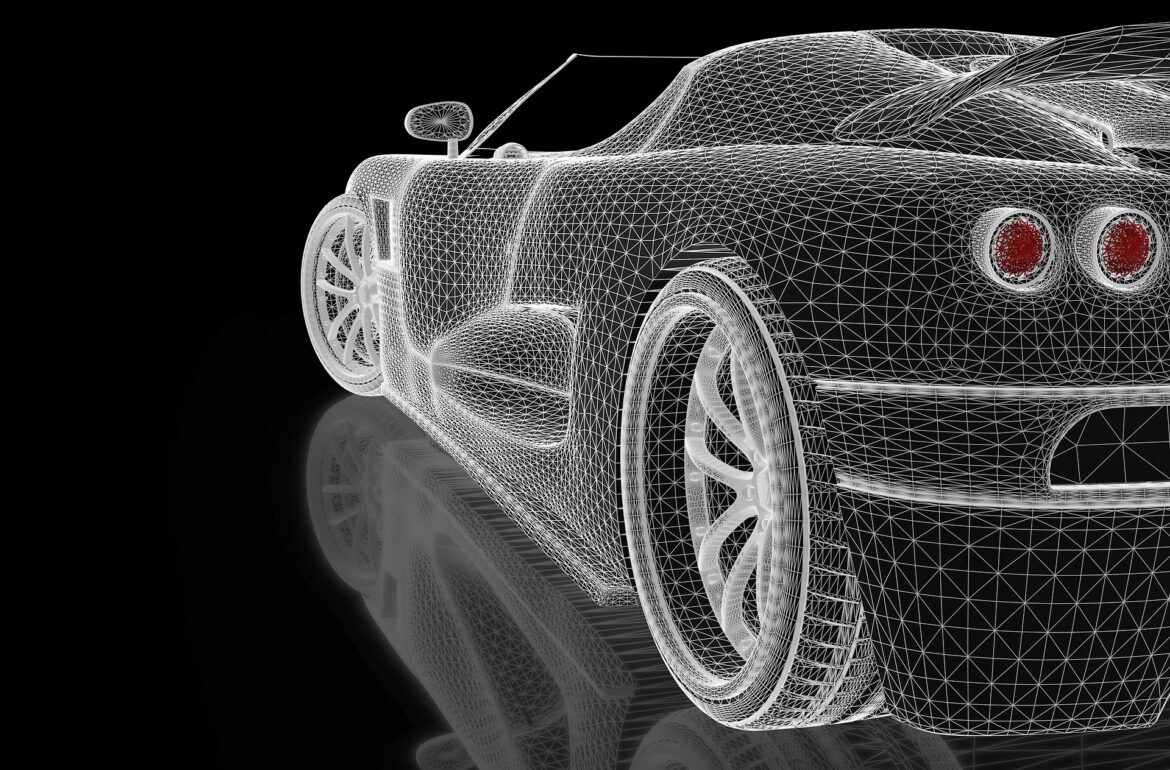Traditionally, each year Tallinn University of Technology awards the title TTÜ Researcher of the Year to one of its scientists. This year it was a materials engineer Professor of the Department of Mechanical and Industrial Engineering Irina Hussainova who received the award.
Irina Hussainova, who started her research career at St. Petersburg (former Leningrad) Polytechnical Institute, has carried out research at TTÜ for more than 25 years. At present she is leading the research group of innovative systems for industrial applications, which focuses on the development of multifunctional materials.
“The current progress in key areas in Estonia from construction and transportation to energy generation/storage and bio-applications increasingly demands new structural materials with improved and multifunctional performance. To be adapted by industry, these materials not only have to be lighter, stronger and tougher but also have additional functional roles, including sensing external stimuli, self-monitoring their structural health, conducting electricity and/or storing energy,” Irina Hussainova says.
Additionally, there is a pressing need for materials to be more energy-efficient and environmentally-friendly. To address this challenge, there is a continual quest to seek yet-to-be-developed materials to be fashioned into bulk complex shapes and manufactured at a high volume and an adaptable cost for the market. As the work progresses, it is becoming increasingly clear that, to reach the desired performance, the structure of the composites will have to be carefully designed at multiple length scales from the atomic to the macro level.
Professor Hussainova says, “For example, understanding and modulating stem cells reactions and the underlying mechanisms causing them to act in one or another way towards desired outcomes is the “Holy Grail” of medical care. For the first time, three-dimensional (3D) customized scaffolds capable to mimic a native extracellular matrix have been developed. A proper substrate for in vitro models on engineered scaffolds has opened new frontiers in cells manipulation and advanced therapy. The unique hybrid nano-network opens up new opportunities in rehabilitation, which were not available before.”
The research group has also developed the procedure for deposition of the graphene layers onto a dielectric substrate. Recently, the process of controllable deposition of carbon with a tailored morphology was developed for ceramic nanofibres. The synthesized hybride material has been demonstrated to be an excellent electrocatalyst support for Pt particles in fuel cells. Their remarkable stability and unique structure open a new avenue for the use of this material in various electrochemical energy conversion technologies. Changing the structural morphology, for the first time, has allowed development of multilayer graphene nanostructures for ultra-sensitive determination of bio-analytes. The developed sensors have been successfully applied in medicine for analysing human urine.
“As a result of the research carried out by our research group, for the first time, the graphene encapsulated hybrid nanofibers have been used as fillers for manufacturing electroconductive ceramics. The characteristic that renders these materials unique is their high electroconductivity, which allows complex shaped ceramic to be mechanically treated by using electro-discharge machining with no deterioration in mechanical properties. These are just several examples of how one materials solution can serve different tasks,” Professor Hussainova adds.
Additional information: Professor of the Department of Mechanical and Industrial Engineering Irina Hussainova, irina.hussainova@ttu.ee
Original post by Tallinn University of Technology
 Back
Back



